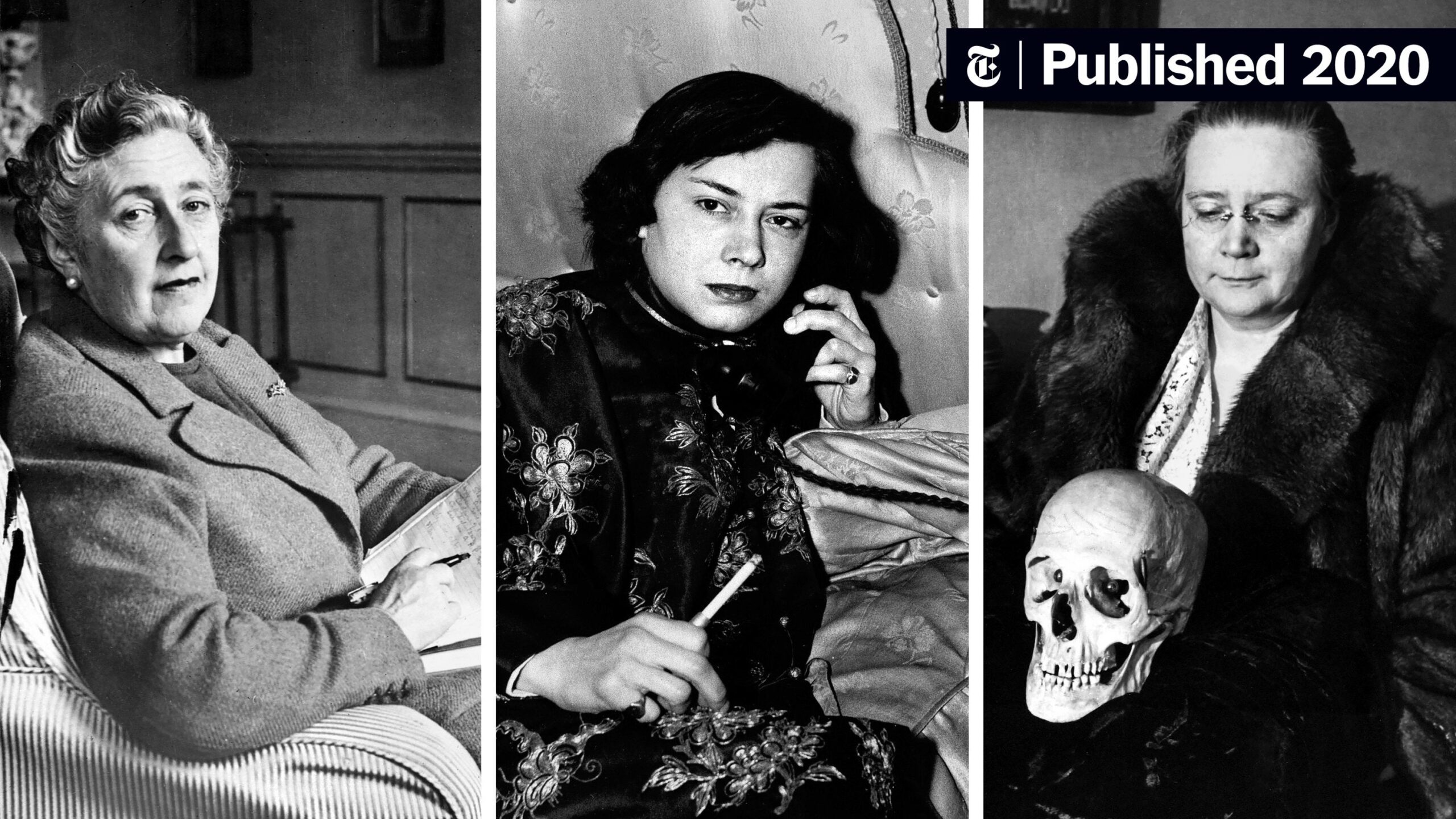Retro and modern design styles are compared in this article to determine which style has stood the test of time. Retro design evokes nostalgia by using bright colors, bold patterns and a mix of textures and materials, while modern design focuses on functionality, simplicity, and natural materials such as wood and stone. Modern design has come out on top as the style that has continued to evolve and adapt, remaining relevant and popular throughout the years. Choosing between the two styles depends on personal preference and context, but modern design is a timeless classic.
Retro vs. Modern: Which Style Has Stood the Test of Time?
When it comes to design, choosing between retro and modern styles can be a difficult decision. While both styles have their unique characteristics, it can still be challenging to decide which one would be more appropriate for a particular setting. In this article, we will compare and contrast retro and modern designs to determine which style has stood the test of time.
What is Retro Design?
Retro design refers to styles that were popular in the past, usually from the 1950s to the early 2000s. It is characterized by bright colors, bold geometric shapes, and a blend of various textures, patterns, and materials. Retro design is often associated with nostalgia, as it brings back memories of an era that has long since passed.
What is Modern Design?
Modern design is defined by its minimalist approach, clean lines, and use of natural materials. It is often associated with functionality, simplicity, and a sense of calm. Modern design usually follows the principle of “less is more,” focusing on essential elements and eliminating anything unnecessary.
How do the Two Styles Compare?
Retro and modern designs have many differences that set them apart. Retro design is more focused on nostalgia and evoking emotions, while modern design is more about functionality and simplicity. Retro design uses bright colors and bold patterns, while modern design uses neutral colors and clean lines. Retro design is all about mixing and matching different materials and textures, while modern design emphasizes the use of natural materials like wood and stone.
Which Style Has Stood the Test of Time?
Both retro and modern styles have their unique characteristics that appeal to different people. However, when it comes to standing the test of time, it is safe to say that modern design has come out on top. While retro design may evoke pleasant memories of the past, it can also appear dated and out-of-place in a modern setting. Modern design, on the other hand, has continued to evolve and adapt, remaining relevant and popular throughout the years.
Conclusion
In conclusion, choosing between retro and modern design ultimately comes down to personal preference and the context of the setting. Both styles have their unique characteristics that make them appealing in different ways. However, if you’re looking for a design style that has stood the test of time, modern design is the way to go. Its minimalist approach, clean lines, and use of natural materials have continued to evolve and remain popular among designers and consumers alike, making it a timeless classic.
